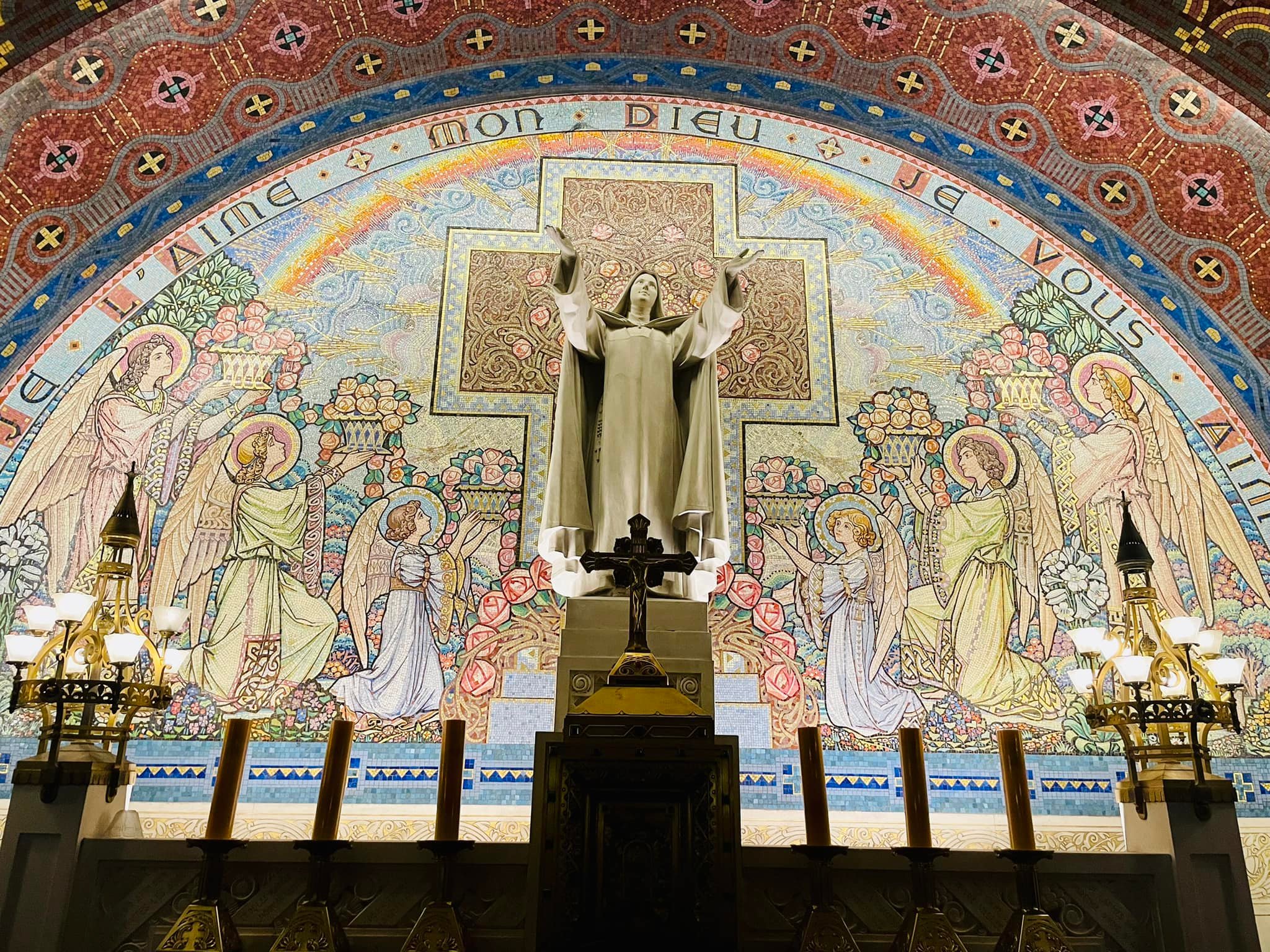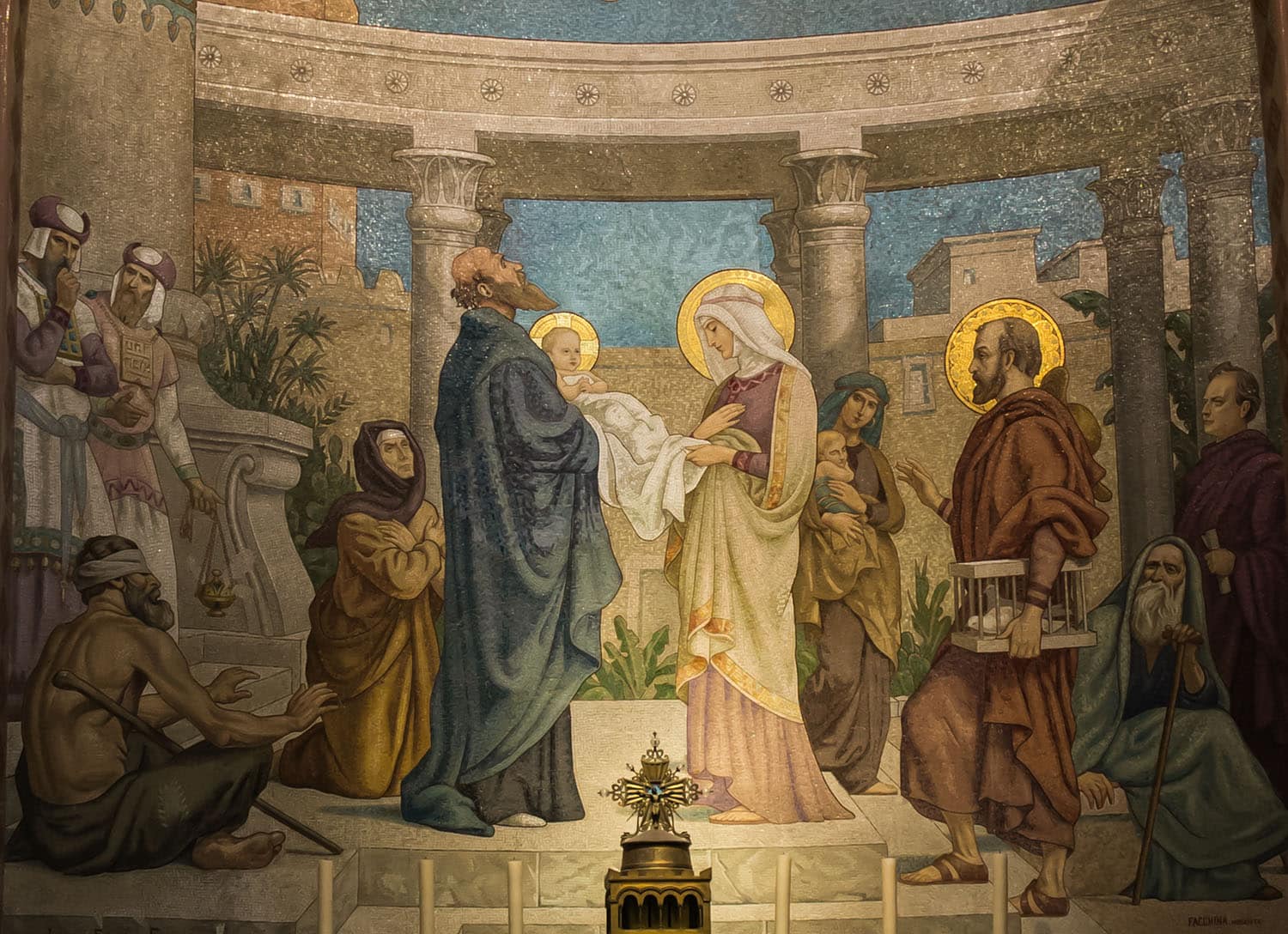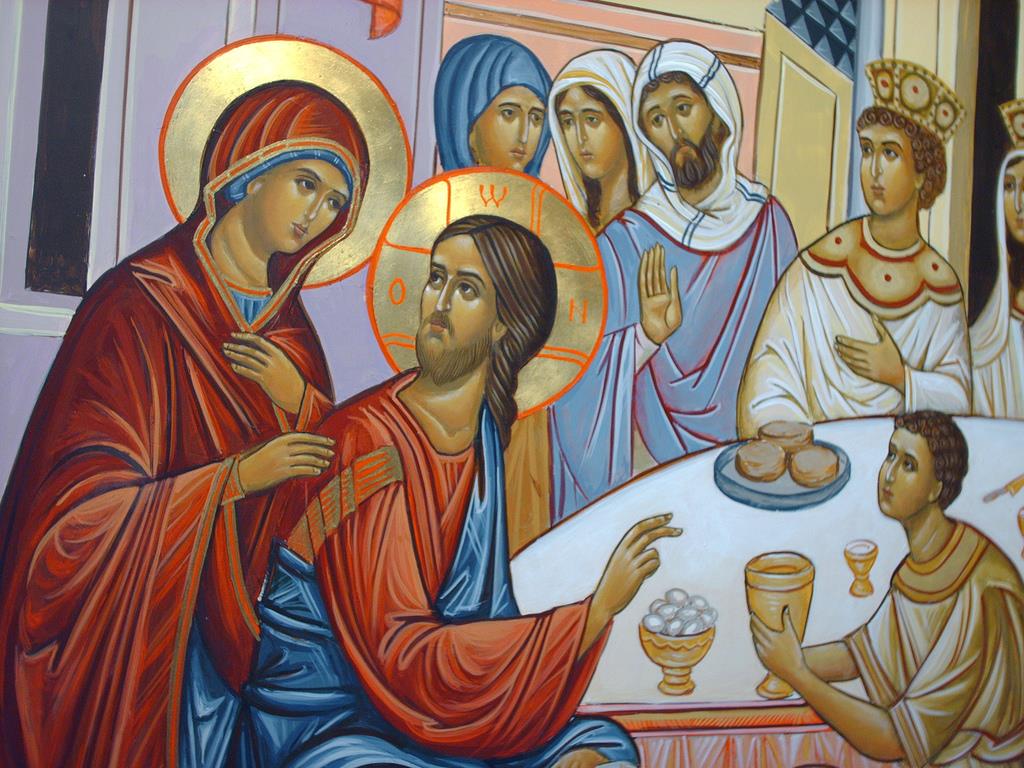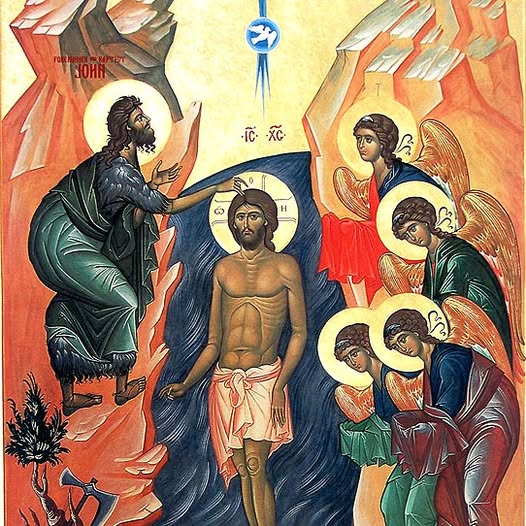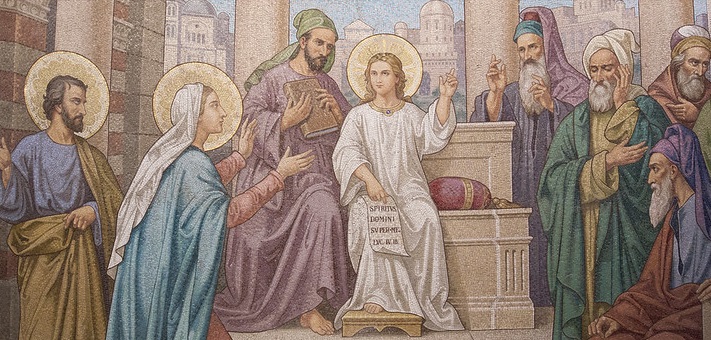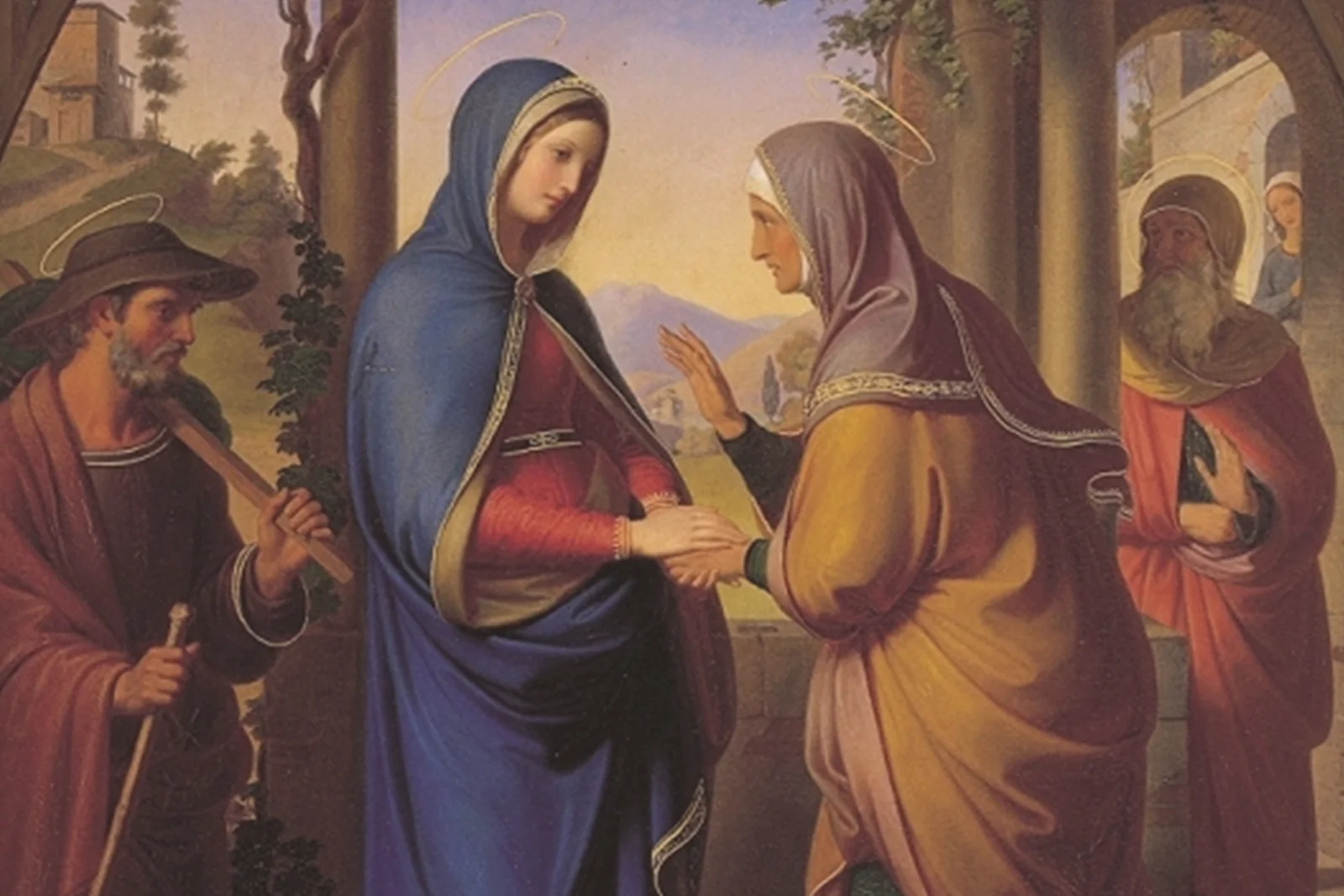The liturgy of the first Sunday of Lent leads us to the desert. Immediately after being baptized and receiving the anointing at the Jordan River, the Holy Spirit brings Jesus to the desert to be tempted by Satan. It is worth noting the role of the Holy Spirit, the “True and Original Love,” the inner force that impels Jesus (2 Cor 5:14ff). He enters the desert “full of the Holy Spirit”. The fruit of Love is obedience, and the fruit of obedience is self-transcendence or the gift of self. This reflects the dynamics of the mystery of Love within the Blessed Trinity. We were Created in God’s image and likeness; Jesus was sent to restore our true identity.



